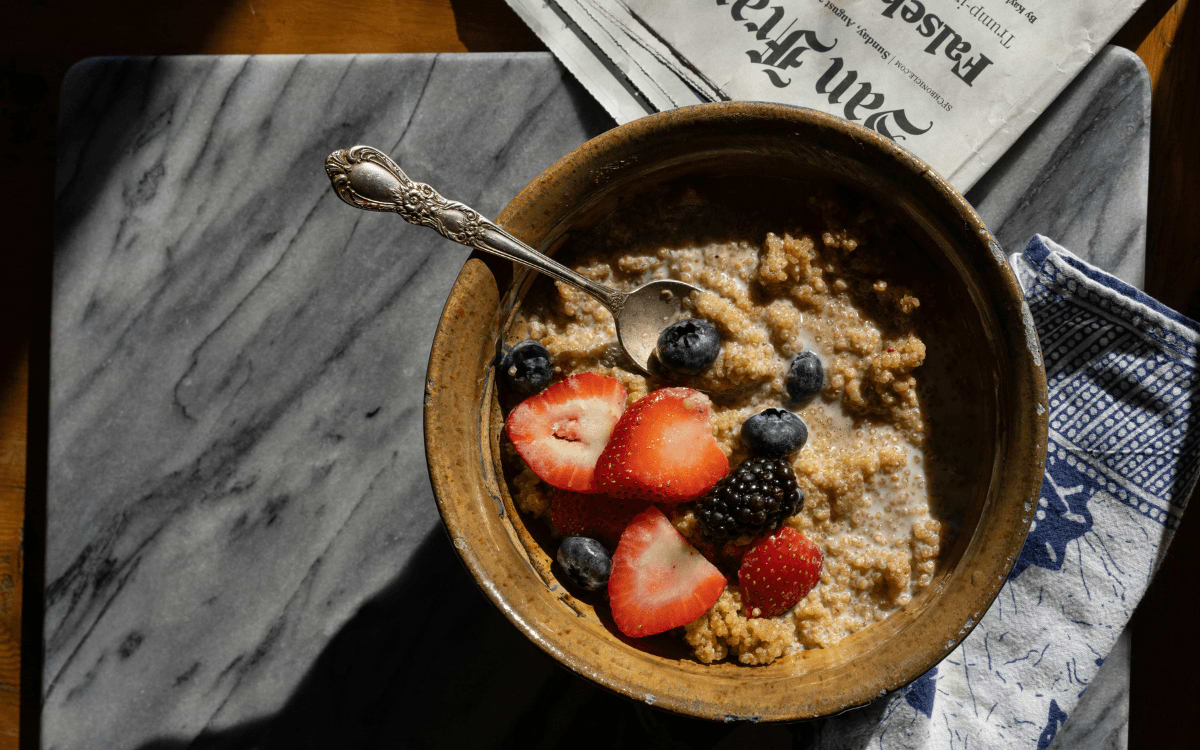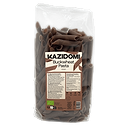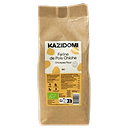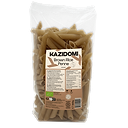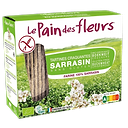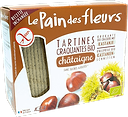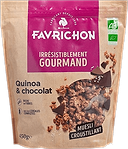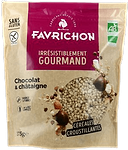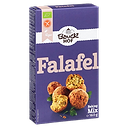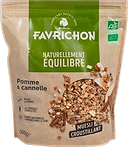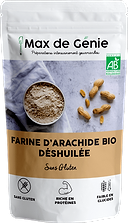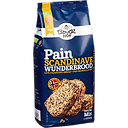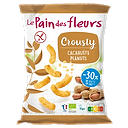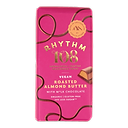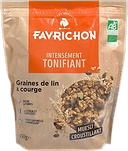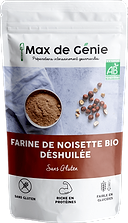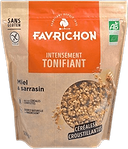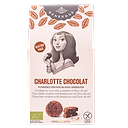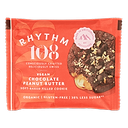Adopting a gluten-free diet can initially seem like a real challenge. What to cook? Which flours to use? Which foods to prioritize to replace wheat? Fortunately, today there are many gluten-free alternatives that are healthy, tasty, and easy to incorporate into daily life.
In this article, we help you get a clearer picture: why eliminate gluten, which gluten-free cereals to choose, how to consume them, and their health benefits. Whether you are a beginner or already familiar, these tips will help you make the right choices for a more digestible and balanced diet.
Why follow a gluten-free diet?
Gluten is a protein naturally found in certain cereals, such as wheat, barley, and spelt. It is responsible for the elasticity of dough and the structure of bread. However, in some people, it can cause inflammatory reactions, digestive issues, or, in more severe cases, an autoimmune disease called celiac disease.
More and more people choose to reduce or avoid gluten, even without a precise diagnosis, to improve digestive comfort, reduce bloating, or simply diversify their staple foods. In this context, it is better to know the true gluten-free cereals and avoid common mistakes.
Naturally gluten-free cereals to prioritize
Contrary to popular belief, there are many gluten-free cereals and pseudo-cereals. Rich in fiber, plant proteins, and sometimes minerals or antioxidants, they are much more than simple wheat substitutes: they are real health foods in their own right.
Rice
Rice, in all its varieties (white, brown, red, black), is a safe choice. Easy to digest, economical, versatile, it is essential in a gluten-free diet. It is also available as flour, flakes, and even plant-based milk, much appreciated for pastries and sauces.
Buckwheat
Although not a cereal in the botanical sense, buckwheat is commonly used as one. It is ideal for crepes, pancakes, or gluten-free breads. Its pronounced taste works wonderfully in savory dishes. It is rich in fiber, protein, magnesium, and antioxidants.
Quinoa
Quinoa is a pseudo-cereal from South America, naturally gluten-free, but very rich in complete proteins, which is rare in the plant kingdom. It can be cooked sweet or savory, in salads, pancakes, or as flour to thicken dough.
Millet
Millet, still too little known, is an ancient cereal that is mild and easy to digest. It is found as grains, flakes, and especially as flour, perfect for cakes and savory preparations. It is naturally gluten-free and highly appreciated for its light texture.
Sorghum
Sorghum is a cereal from Africa that is beginning to find a place in the European market. Gluten-free, it is rich in antioxidants and fiber and has a mild, slightly sweet taste. It is available as whole grains, perfect to replace rice or couscous, or as flour for homemade recipes.
Oats (certified gluten-free)
When certified gluten-free, oats are ideal for porridges, homemade bars, or cookies. They contain soluble fibers that promote digestion and regulate blood sugar. Their flour is perfect for giving a moist texture to gluten-free breads.
And what about soy?
Soy is not a cereal but a legume. It contains no gluten and can be included in a gluten-free diet if well tolerated. As grains, drink, or tofu, soy is an excellent complement to gluten-free cereals, notably due to its high plant protein content. However, be cautious with processed soy products (sauces, desserts), which may sometimes contain traces of gluten depending on their manufacturing.
Why choose gluten-free cereals?
Choosing gluten-free cereals lightens your diet while preserving variety and the joy of cooking. It is also a way to explore new foods richer in fiber, vitamins, and sometimes healthy fats, depending on the variety.
A well-managed gluten-free diet is not a restriction but a rebalancing. By varying sources — quinoa, rice, millet, buckwheat, sorghum, and even adding ingredients like soy — you keep meals nourishing, tasty, and suited to your health.
In conclusion
Following a gluten-free diet doesn’t mean deprivation but learning to cook differently. Thanks to a variety of gluten-free cereals rich in fiber and protein, often available organic, you can transform your plate with more flavor, nutrition, and respect for your body.
At Kazidomi, we select quality gluten-free products: flours, whole cereals, flakes, and alternatives for your everyday recipes.
FAQ – Gluten-free diet and cereals: your frequently asked questions
1. Which cereals are naturally gluten-free?
Rice, buckwheat, quinoa, millet, sorghum, and certified oats.
2. Is spelt gluten-free?
No. Spelt contains gluten, even if sometimes better tolerated. It should be avoided in case of intolerance.
3. Can soy be used in a gluten-free diet?
Yes, provided it is unprocessed or certified free of gluten traces.
4. Which gluten-free flour is the most versatile?
Rice flour, buckwheat flour, and oat flour are among the easiest to use.
5. Is sorghum good for health?
Yes, it is a cereal rich in fiber and antioxidants, still little known but full of potential.
6. Which foods must absolutely be avoided on a gluten-free diet?
Wheat, barley, rye, spelt, and processed products not certified gluten-free.
7. Can you eat gluten-free bread?
Yes, many homemade recipes or organic products allow making bread with alternative flours.
8. Is a gluten-free diet suitable for children?
Yes, provided it is balanced. Varying cereals is essential to cover nutritional needs.
9. Which cereal is highest in protein?
Quinoa and soy are the best options for a complete protein intake.
10. Where to buy reliable gluten-free products?
On Kazidomi, you will find a wide selection of certified gluten-free, organic, simple, and healthy foods.
